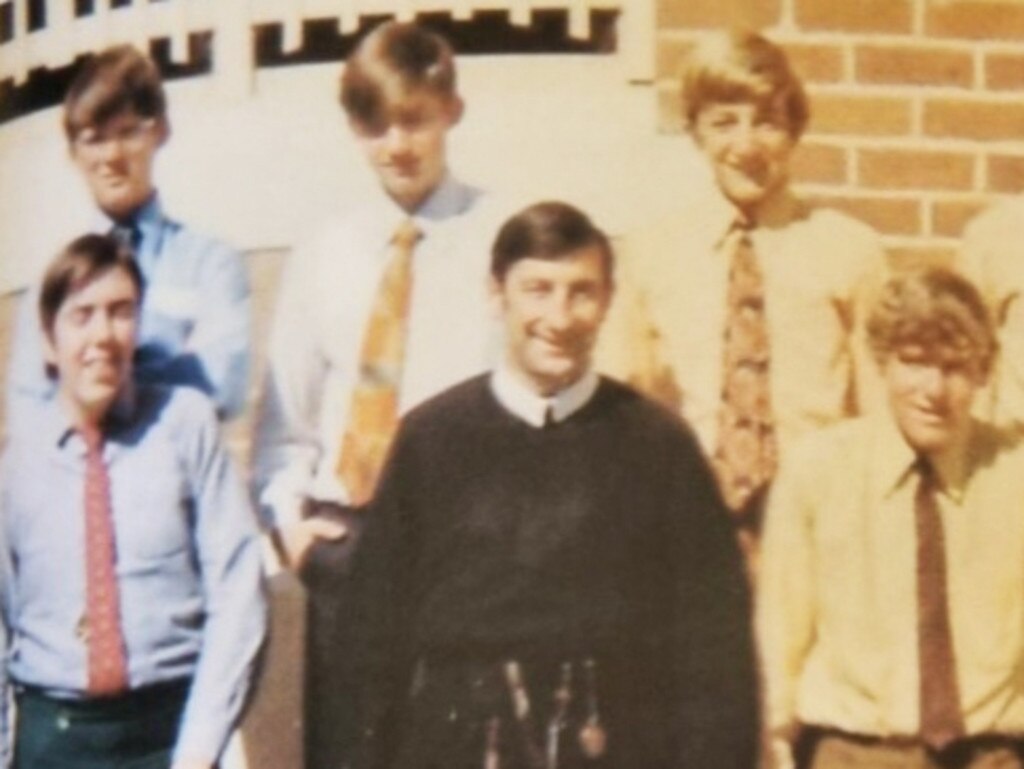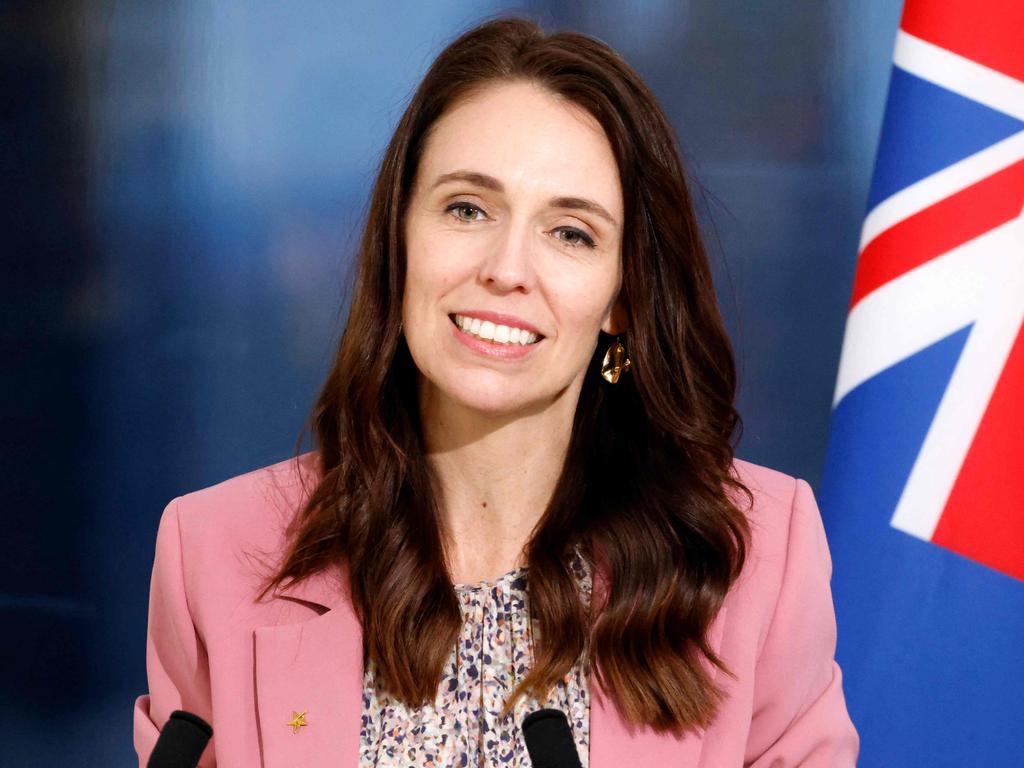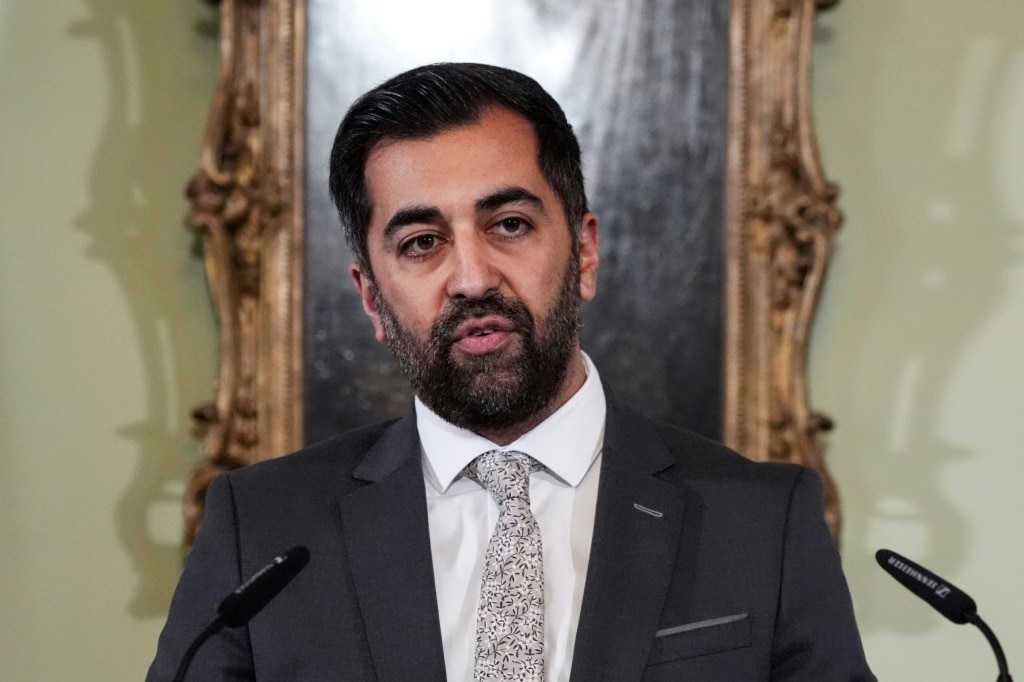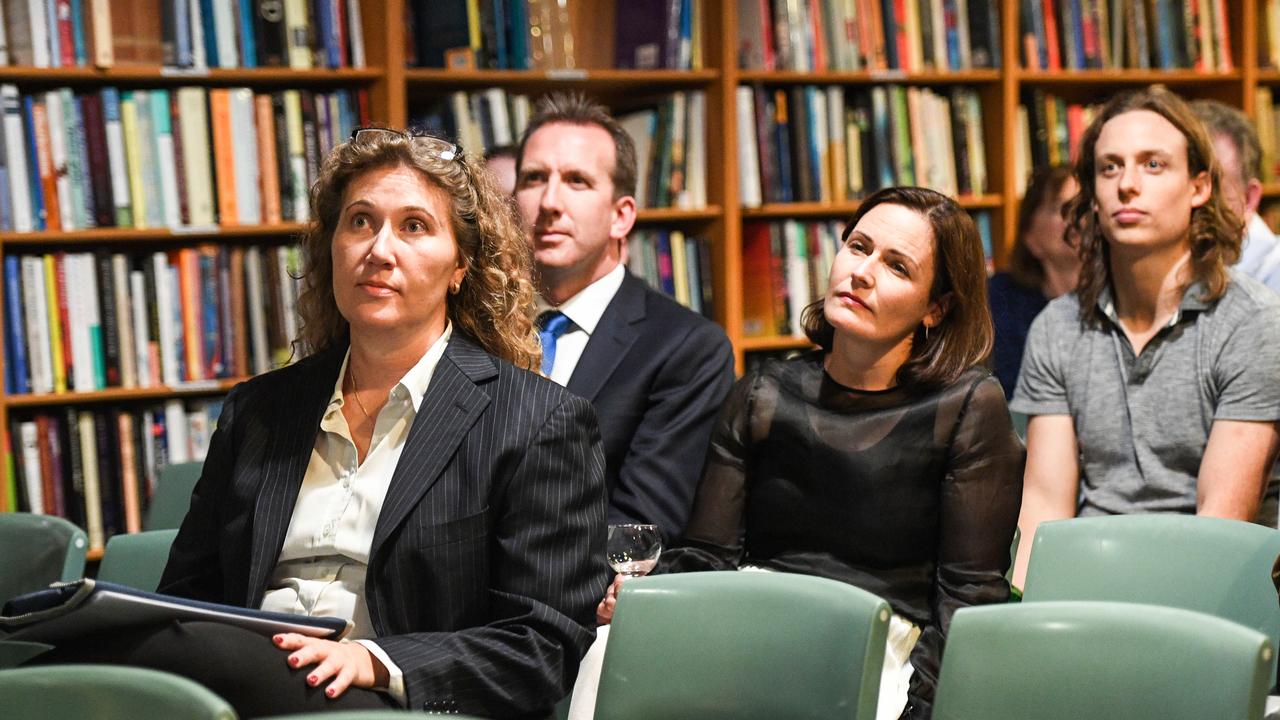Greens and teals would wreak havoc in minority Labor government
The Greens and teals would exert enormous hydraulic pressure on a Labor government to move even further leftward. Think Ardern’s NZ was bad? Australia in this scenario will be worse.

The most likely result of the next federal election is a Labor minority government, reliant on a mixture of teal independents and Greens to sustain it in office. This would be catastrophic for Australia, ushering in chaotic, left-trending, identity politics-obsessed government devoid of national security seriousness. Though of course it could be much worse.
The tone would be set by Greens and teals in a parliament that is already far more left-progressive than any we’ve previously seen. On national security this would be acutely damaging. But its ramifications would extend far beyond security. At best, it might form a kind of politically juvenile, undergraduate government of gesture and symbolism as we saw in New Zealand under Jacinda Ardern, and as has recently collapsed in Scotland under the Scottish National Party after it was forced to acknowledge its climate targets were completely unrealistic.
Both these governments produced bad results for their societies, including in both cases massive drops in education performance, but sustained themselves for a time on ideological enthusiasm. However, neither had to deal with serious national security matters. Scotland has Britain to do that. New Zealand has Australia.
Our national circumstances are much more challenging. We have America, but that’s perhaps no longer guaranteed and a Labor-Greens-teal government would place that relationship in jeopardy.
The Albanese government is already the most left-wing since Gough Whitlam’s ill-fated administration in the early 1970s.
It is increasing the size of government; re-regulating industrial relations; increasing welfare and transfer payments; effectively raising tax rates over the cycle through bracket creep (all of which exacerbates inflation); pursuing a highly interventionist picking-winners industry policy; establishing unrealistic and wildly costly climate targets with shaky energy reliability plans; pushing radical if unsuccessful constitutional change; privileging destructive identity politics across countless institutions; and while proclaiming the most dangerous strategic circumstances since World War II, effectively doing nothing about this, instead committing to feeble status quo defence funding over its first two terms, using the long-horizon AUKUS submarine ambitions as a political alibi for inaction.
It may seem zeitgeist friendly, but polls indicate it’s doing poorly. The latest Newspoll has Labor’s primary vote at a dismal 33 per cent. Other polls are even lower. Newspoll predicts a Labor minority government. Nothing is reliably predictable. Labor could recover and win a majority. But the omens don’t look good. Australians should pay serious attention to what a minority government, dominated by Greens and teals, would mean.
At the last election, the Coalition suffered a devastating, almost existential, defeat, but Labor scored only a very narrow win.
That’s unusual. Tony Abbott in 2013, Kevin Rudd in 2007, John Howard in 1996, Bob Hawke in 1983, Malcolm Fraser in 1975 and even Gough Whitlam in 1972 each won government from opposition and won substantial parliamentary majorities. Such governments can suffer a substantial reverse at their next election yet still be re-elected.
Of course, politics is not the common law; it’s not bound by precedent. At state level, oppositions have won narrowly and consolidated for long periods. Nor have Australians definitively turned out a first-term government.
The make-up of the House of Representatives is radically different from anything in our post-war past. Labor in government has 77 reps seats out of 150, one more than the 76 it needs for a majority. The Coalition has 55 seats, 21 short of a majority. There are four Greens and 14 others, ranging from Andrew Wilkie in Tasmania to Bob Katter in Queensland, and all the teals – Monique Ryan, Zoe Daniel, Kylea Tink, Allegra Spender and the rest.
The Dutton opposition almost certainly can’t get to majority government in one election. The Albanese government could fall into minority many different ways. If Labor has a net loss of two seats, it’s just one short. It then could surely rely on Wilkie or almost any of the teals to guarantee confidence and supply. But much more dangerous scenarios are also plausible, especially if the Greens do well.
Say the Coalition wins a couple of seats from Labor in Western Australia and one each in NSW, Victoria and South Australia. That takes Labor down to 72. A raft of Labor seats are challenged by Greens. Some, such as Wills in inner Melbourne, have substantial Muslim votes, which the Greens are chasing hard. Others have younger populations that want even more radical action on climate change. Some Labor figures think that in Victoria alone Wills, Higgins, Macnamara or even perhaps a seat such as Cooper could be vulnerable to Greens challenge.
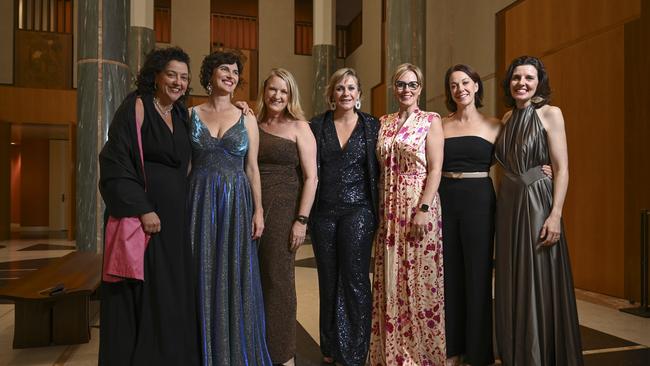
These will be difficult seats for the Greens, provided the Liberals come third and preference Labor ahead of the Greens. Once the Greens win a seat, it tends to be securely held. It would need a big night for the Greens, but they could double their numbers from four to eight. With our notional Labor losses to the Coalition, that takes Labor to 68 seats.
Labor also fears it could lose a seat in southwest Sydney to a well-organised community independent, perhaps harvesting Muslim votes. That takes Labor to 67 seats. If the Libs win five from Labor and manage to take back two teal seats, that would yield the following parliament: Labor 67, Coalition 62, Green eight, others 13.
Under this scenario, Labor would need nine or 10 (after providing a Speaker) of 13 non-Greens crossbenchers for any legislation or procedural vote the Greens opposed. The Greens could routinely block anything with the help of just four other crossbenchers out of 13.
Senior Labor ministers who lived through Julia Gillard’s agreement with the Greens shudder at the nightmare memories. They felt constantly wedged between the Greens and the Coalition.
Not only that, no Labor Party malcontent could be disciplined because the numbers were so tight and the government obviously headed for defeat. As well, the government wore the blame for the chaotic, dysfunctional way parliament behaved.
In this parliament, Leader of the House Tony Burke runs proceedings with guillotine ruthlessness using the brute power of numbers. Still the Albanese government performs poorly in parliament. In a chaotic minority situation, parliament would be torture for the government.
By the way, the traditional measure of the two-party-preferred vote offers very little predictive power when there is such a large crossbench. It seems the polarisation and fragmentation of most Western politics are breaking through our compulsory voting and preferential system, both of which were long thought to virtually guarantee a stable two-party system in the reps.
Senior Labor figures say this time they wouldn’t do a formal deal with the Greens but would take each vote as it comes, assuming most crossbenchers would want to avoid causing an early election by voting no-confidence. But the Greens would have immense influence, not least because a number of the teals are effectively fellow travellers, sharing many of their climate change obsessions and often similar views on international issues.
The Greens and the more left-leaning teals would exert enormous hydraulic pressure on a Labor government to move even further leftward. This would likely have grave consequences. A government configured in this way would find it almost impossible to relate effectively to a Donald Trump presidency in Washington, should that eventuate.
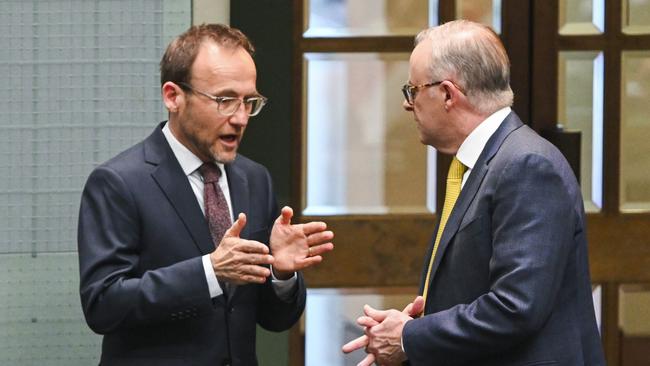
A Trump presidency would be a challenge to an Albanese government under any circumstances. In minority government, it’s almost unimaginable. Whatever you think of Trump, it’s still up to Canberra to get the best results for the national interest out of our alliance with the US. Similarly, a House of Representatives with Greens and teals as the decisive swing factor would not authorise expenditure and all the other necessary action to proceed with buying and building nuclear-powered submarines. AUKUS would die, fast or slow.
Greens leader Adam Bandt has labelled the proposed AUKUS subs “floating Chernobyls in the heart of our cities”. Several teals, nowhere near as extreme as the Greens, nonetheless share much of their undergraduate student protest approach to foreign affairs. Ryan, the member for Kooyong, participated in a recent cross-party promotion for the Treaty on the Prohibition of Nuclear Weapons.
This treaty has vast support within Labor. It’s official Labor Party policy, in the platform, to join the treaty, but the government is allowed to determine when the timing is appropriate. Timing will never be appropriate. Here’s the blunt truth. Though the treaty has 93 national signatories, not one nuclear weapons state has signed because the treaty makes the production, possession and storage of nuclear weapons illegal.
The treaty also bans signatory nations from co-operating with any banned activity. That means it’s in effect impossible for Australia to continue to be a military ally of the US and sign the treaty. That support for the treaty is Labor policy demonstrates how much pure nonsense is contained in Labor policy. Labor governments ignore slabs of allegedly binding Labor policy on the basis that the timing is never right.
‘The Greens actually believe in every crazy thing they proclaim. It’s their great strength.’
But Greens and teals could be expected to push relentlessly for gestures such as signing the nuclear weapons treaty or recognising a non-existent Palestinian state.
Two teals, Tink from North Sydney and Scamps from Mackellar, plus Wilkie, voted for the extreme Greens amendment in the first parliamentary resolution after the Hamas October 7 massacre of Jews. The amendment, grotesquely, switched the emphasis to condemning Israel’s “war crimes”.
The Greens’ policies are extreme and incoherent across the board. They are best seen as the dysfunctional continuation of undergraduate ideological extremism and protest politics but with one big difference. The Greens actually believe in every crazy thing they proclaim. It’s their great strength. When all the other parties seem so transactional, so studied, cautious, plastic and makeshift, the Greens are genuine.
Often enough, their tone, born of overbearing moral self-regard and, as I say, a kind of arrested development adolescent intensity and desire to shock their elders, is extremely nasty. As much as any other party they experience internal splits and internecine hostilities, often of quite gothic intensity. They are frequently willing to brand their political opponents in the most spiteful and unjustified way. Bandt in 2018 called Jim Molan a coward and a war criminal, for which, under threat of legal action, the Greens leader later apologised. When the same Molan left the Senate at one point a Greens senator complimented him on his life of service but was forced to withdraw the compliment as the online reaction from the Greens base was so hostile and abusive.
Although the Greens are genuine in their convictions and mostly pleasant enough in person, they traffic in vile conspiracies and far-left sectarian hostilities. In December last year Senator Nick McKim told parliament: “The tactics of Zionist lobbies in stifling legitimate democratic debate are egregious and deeply undemocratic.” This is disturbingly close to the anti-Semitic tropes of secret networks of Jewish influence, at a time when anti-Semitic hatreds are sweeping through the ranks of activists.
On December 13 NSW Greens MP Jenny Leong said: “The Jewish lobby and the Zionist lobby are infiltrating into every single aspect of what is ethnic community groups. Their tentacles reach into the areas that try and influence power and I think we need to call that out and expose it.”
These ugly words recalled a classic Nazi anti-Semitic cartoon depicting Jews as a giant octopus with tentacles everywhere. Leong later apologised, in a statement full of abuse of Israel, for using “an inappropriate word” and for any offence that might have caused. But no senior Green called her out.
More prosaically, much Greens policy is simply incoherent. But Australians should read them on the Greens website, see how radical they are and imagine their influence on a minority Labor government. For instance, the Greens claim great concern about rising population but want not only a refugee intake of 50,000 a year but effectively open borders. The Greens insist that immigration detention should not go on longer than a week. If that were ever implemented, very quickly tens if not hundreds of thousands of illegal arrivals would be coming into Australia by boat from the north.
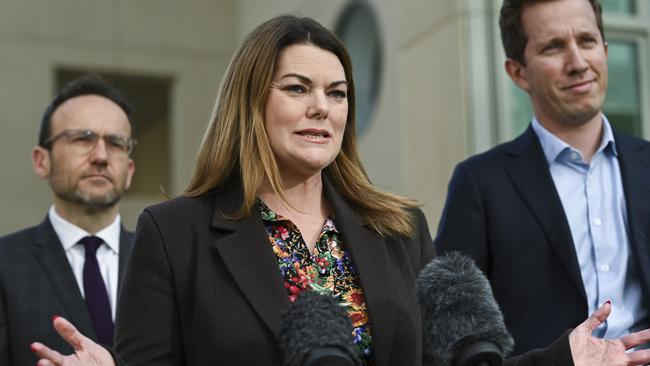
The Greens want defence spending cut by about 30 per cent. They also want to end proactive recruitment campaigns for the Australian Defence Force. The Greens have many policies that, if ever implemented, would ensure the end of the US alliance. They demand, for example, the end of nuclear deterrence. Australia explicitly shelters under the umbrella of US-extended nuclear deterrence. It’s a key element of our national security. The Greens want to end Australia’s hosting of joint facilities with the US such as Pine Gap and stop hosting rotations of US forces. They demand an end to Australian participation in US missile defence programs. Yet Australia is now within range of Chinese missiles.
As Israel’s successful defence against missile and drone attacks from Iran showed, missile defences are immensely powerful in preventing escalation and war. Many Greens policies would be intensely unpopular with the mainstream electorate. They want to decriminalise hard drugs and start paying reparations to Aboriginal groups.
The Institute of Public Affairs think tank has paid the Greens the compliment of taking their policies seriously. It found the Greens are proposing $150bn higher taxes through the abolition of negative gearing, the capital gains tax discount and other measures. It found $183bn in higher spending from wiping student debt, mandated household electrification, higher National Disability Insurance Scheme spending and more. And the complete cancellation of coal and gas projects, the IPA says, would cost the economy more than $270bn.
Even in a minority government, such irrational policies wouldn’t be fully implemented. But they would push Labor far to the left. Many Greens causes command great support within Labor.
Further, the Greens would rejoice in chaos even if they were notionally part of government. Minor parties, especially protest parties, don’t prosper through sensible, modest, stable politics. The Australian Democrats passed the GST, an essential economic reform, and were wiped out electorally as a result. Britain’s Liberal Democrats co-operated in coalition with David Cameron’s Conservative government and lost nearly all their seats at the next election.
The Greens will only ever seek 10 to 20 per cent of the vote. Unlike the German Greens, they show no sign of wanting to become a responsible party of government. This kind of fractured parliamentary make-up is disastrous for coherent government. If no party is even notionally seeking majority support, no one makes the internal trade-offs and hard decisions that produce good policy.
You get instead a cacophonous Tower of Babel. That could well be our future. And it doesn’t include good government.


